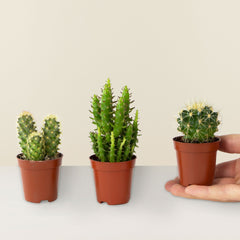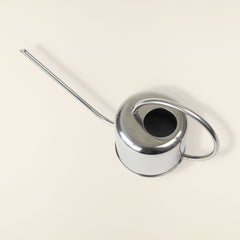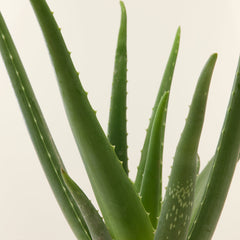8 Plants Your Pets Should Stay Away!
Indoor plants are well known for being decorative and for purifying the air in our homes. Their only flaw? They can be dangerous for the health of our 4-legged friends . Indeed, some green plants can be toxic to our dogs and cats.
Poisoning can be caused in different ways. Either by ingesting the leaves, seeds or sap of a poisonous plant. Either by simple contact or breathing. Some plants release allergens through their pollen and this can irritate your pet.
When we know that there are hundreds of plants that can be toxic to our pets, it is better to be able to detect the first symptoms of poisoning !
But what are they?
Poisonous plants can severely affect your pet's immune system. The first symptoms will usually be: serious itching, excessive salivation, swollen face, redness, irritation, loss of appetite and even vomiting. But the seriousness of the intoxication varies mainly according to the type of plant and the quantity ingested.
Symptoms usually appear within a few hours, so if you suspect your pet has ingested a poisonous plant or if any of the symptoms occur, see your vet ASAP !
In order to avoid damage, here are 3 plants that you should imperatively keep away from your furry animals:
The jungle king anthurium is highly toxic to your pet. In question: its sap containing calcium oxalate crystals. This plant can cause irritation of the mouth and stomach, conjunctivitis or skin burns. If it were to be ingested, the first symptoms would be excessive salivation, vomiting and/or diarrhea but also breathing difficulties.
The philodendron must be kept out of reach of animals! This can cause oral pain as well as difficulty swallowing or breathing.
Sansevieria is a plant toxic to animals if ingested. It is nevertheless very easy to keep it away from your dogs and cats thanks to its small size, for example by placing it on a desk or a table in height.
Other plants are not dangerous in themselves but could cause some discomfort to your animal:
The dracaena and more specifically the sap found in its leaves and stems contains small amounts of toxic substances. Nothing too dangerous, but they can cause irritation to animals when ingested. The first symptoms will be dilated pupils and a state of weakness.
The bird of paradise is mildly toxic to pets like cats and dogs. However, the toxic compounds tend to concentrate in the roots and seeds rather than the leaves and are therefore not easily accessible.
Moonflower is not very dangerous. It should be kept in mind that its ingestion can cause irritation of the mouth, tongue and lips. It can therefore be slightly toxic for cats and dogs that are a little too adventurous.
The yucca is one of the low or non-toxic indoor plants. However, be careful if you have a dog, it risks a slight indigestion if it were to eat the leaves.

























